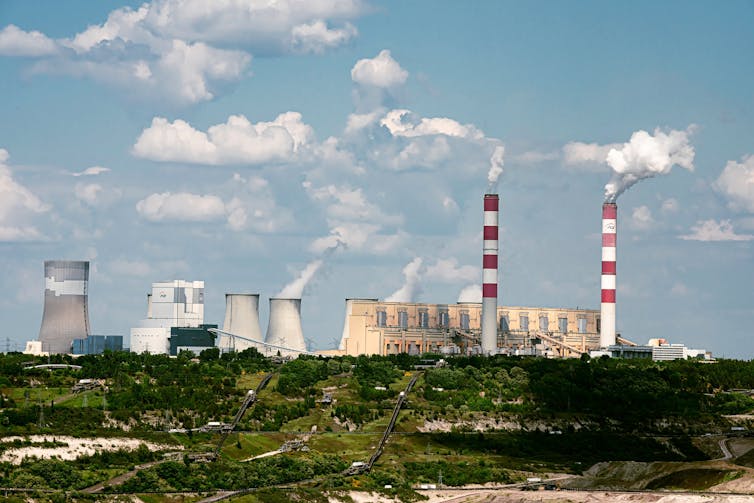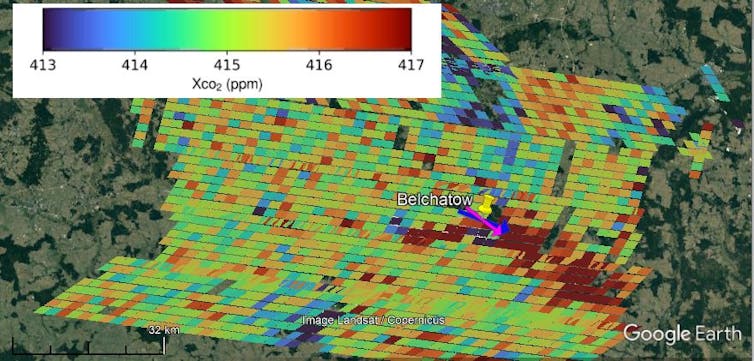In the contemporary milieu, a conspicuous dearth of empathy, compassion, and cognitive understanding pervades our societal fabric. The prevailing zeitgeist is marked by an undue preoccupation with financial accumulation, political ascendancy, and the ephemeral allure of sound bites. Regrettably, the collective consciousness appears to prioritize individualistic pursuits—such as fleeting moments of fame, partisan agendas, and the augmentation of personal financial portfolios—over the stewardship of our shared environment and the myriad life forms it sustains.
This epoch, characterized by an ethos of self-interest and ego, portends potential consequences for our species. Should we persist along this trajectory, our collective future may be less auspicious than the lofty aspirations we once envisioned.
The prevailing ethos of our era, characterized by a conspicuous emphasis on individualistic pursuits, warrants deeper contemplation. As we traverse the intricate tapestry of existence, certain disquieting trends emerge—trends that portend potential ramifications for our collective future as a species.
Empathy, that noble capacity to resonate with the joys and sorrows of others, seems to wane in the harsh glare of self-interest. The empathetic bridge that once connected hearts across vast distances now appears frayed, its timeworn strands strained by the relentless currents of individual pursuits.
Compassion, that gentle balm for the wounded soul, finds itself overshadowed by the clamor of ambition. The wellspring of kindness, which once flowed freely, now contends with the parched soil of personal gain.
Understanding, that beacon of enlightenment, flickers amidst the cacophony of sound bites and fleeting attention spans. In this age of information overload, depth yields to brevity, and nuance is sacrificed at the altar of convenience.
And what of our environment, that fragile cradle that nurtures all life? Alas, it bears witness to our heedless march toward progress. The delicate balance disrupted, ecosystems strain under the weight of our insatiable appetites. The cries of vanishing species echo through the corridors of time, a mournful requiem for what once thrived.
Yet, hope persists. For within the human spirit lies the capacity for transformation. Beneath the veneer of self-interest, seeds of altruism take root. Acts of kindness, small and unheralded, ripple outward, weaving a fabric of interconnectedness.
Perhaps, then, we stand at a crossroads—a juncture where the trajectory of our species can be recalibrated. Let us cultivate empathy, nurture compassion, and seek understanding. Let us recognize that our fate is inextricably woven with the fate of our planet.
For if we continue down the path of ego and heedlessness, we risk bequeathing to posterity a legacy less noble than our potential suggests. But if we choose a different course—one guided by empathy, compassion, and stewardship—we may yet glimpse a future where our species thrives in harmony with the world it inhabits.
Herein lie several avenues through which we might effect positive change within our world:
Education and Awareness:
Foster a deeper understanding of our interconnectedness with the natural world. Educate ourselves and others about environmental issues, biodiversity, and the impact of human activities.
Raise awareness through documentaries, educational programs, and community initiatives.
Sustainable Practices:
Embrace sustainable living practices. Reduce waste, conserve energy, and support eco-friendly products.
Advocate for policies that promote renewable energy, conservation, and responsible resource management.
Conservation Efforts:
Support conservation organizations and initiatives. Participate in habitat restoration, tree planting, and wildlife protection programs.
Preserve natural habitats and protect endangered species.
Community Engagement:
Engage with local communities. Volunteer for clean-up drives, participate in environmental workshops, and collaborate with like-minded individuals.
Encourage community gardens, urban green spaces, and wildlife-friendly neighborhoods.
Policy Advocacy:
Advocate for stronger environmental regulations and policies. Support lawmakers who prioritize sustainability and conservation.
Vote for leaders committed to addressing climate change and protecting our planet.
Consumer Choices:
Make conscious choices as consumers. Support companies with ethical and eco-friendly practices.
Reduce meat consumption, choose plant-based diets, and minimize single-use plastics.
Scientific Research and Innovation:
Invest in scientific research. Explore innovative solutions for environmental challenges.
Support technologies that mitigate climate change, enhance biodiversity, and restore ecosystems.
Remember, our collective actions today shape the legacy we leave for generations to come. Let us choose wisely, for the path we tread determines the destiny of our species and the Earth itself







